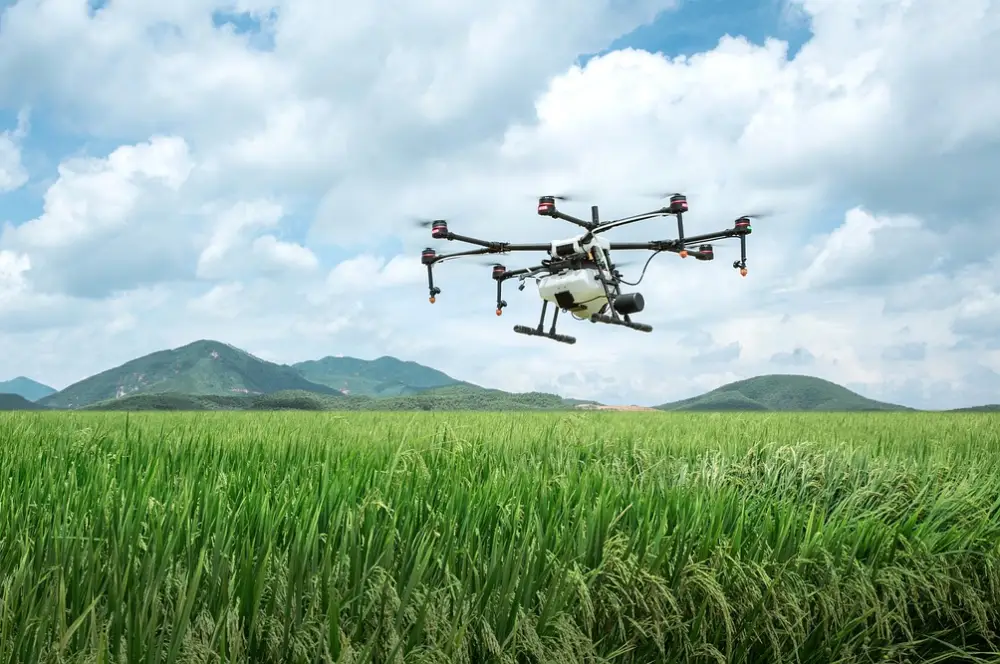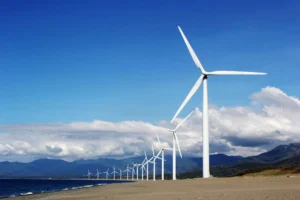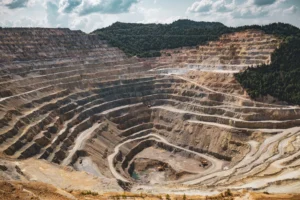Agriculture forms one of the basis industries in this changing world. From simple tools to complex machinery, agriculture has evolved since man used the earliest sorts of tools. But with climate change, decreasing resources, and a growing population, we need a smarter, more sustainable way of feeding the world.
Enter E-farming, precision agriculture, and digital agriculture. These revolutionize the way we grow, harvest, and deliver our food. The goal of sustainable agriculture is a future where we can feed the world without harming the environment.
What is E-Farming?
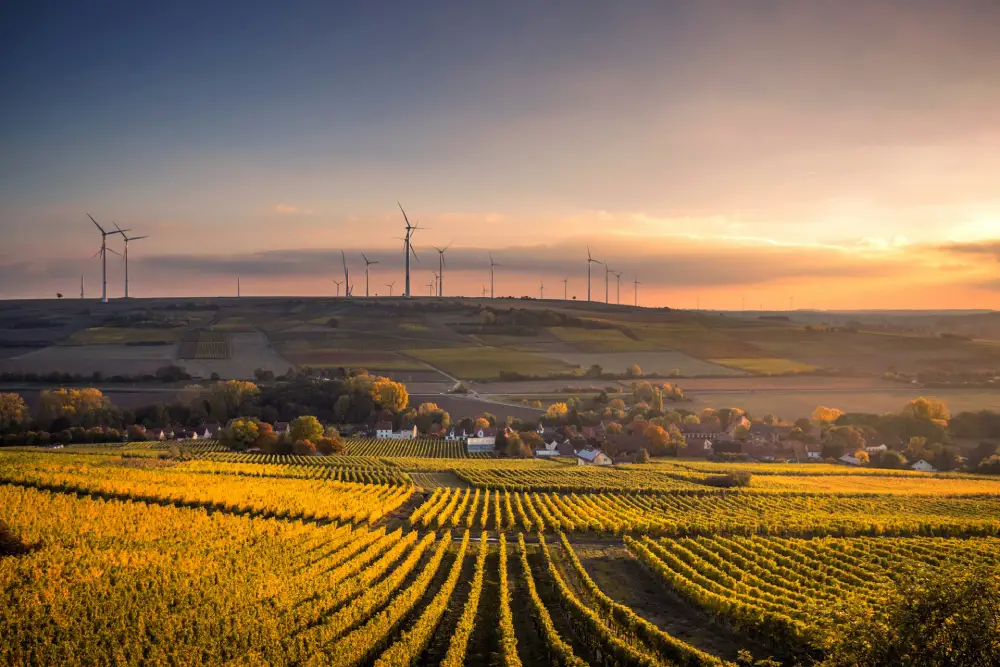
E-farming, or electronic farming, is the application of digital technologies to farming processes. This includes:
- Using smartphones to control irrigation systems.
- Leveraging cloud platforms for real-time crop monitoring.
- Employing drones and sensors to assess crop health.
E-farming is about using sustainable technology to make farming smarter. For example:
- Satellite imagery can analyze soil health, predict crop yields, or spot pest infestations before they increase.
Proactive approaches save time, reduce waste, and optimize resources, aligning with sustainable agriculture.
Precision Agriculture - Farming to the Next Level
Precision agriculture is a subset of e-farming that focuses on adopting farming practices to the specific needs of each crop or section of land. Instead of treating a 50-acre field as a single unit, precision agriculture breaks it down into microzones.
Key advantages include:
- Applying water, fertilizer, and pesticides only where needed, reducing waste.
- Collecting and analyzing data through GPS-guided tractors, soil moisture sensors, and weather forecasting apps.
- Optimizing the cultivation of cash crops like cotton, wheat, and corn.
Example: How Precision Agriculture Works
| Feature | Outcome |
|---|---|
| Soil moisture sensors | Indicate when specific areas need watering. |
| GPS-guided tractors | Ensure accurate planting and harvesting. |
| Data-driven insights | Optimize fertilizer use for higher yields and lower cost. |
This targeted approach boosts crop yields and supports sustainable farming by reducing resource overuse.
Digital Agriculture
While precision agriculture and e-farming focus on specific aspects, digital agriculture covers the entire farming ecosystem. It integrates digital tools across the agricultural value chain, from production to marketing and distribution.
Key technologies include:
- Blockchain: Ensures traceability of food from farm to fork.
- Artificial Intelligence (AI): Predicts weather patterns and market trends.
- Internet of Things (IoT): Powers automated systems like smart irrigation or pest control.
Benefits of Digital Agriculture
| Challenge | Digital Solution | Impact |
|---|---|---|
| Traceability | Blockchain for tracking produce origins. | Builds consumer trust and transparency. |
| Unpredictable weather | AI-powered forecasts and advisories. | Helps farmers prepare and minimize losses. |
| Resource mismanagement | IoT-based monitoring systems. | Optimizes water, fertilizers, and energy usage. |
Digital agriculture forms the backbone of sustainable agriculture, enabling better resource management and improving economic viability for farmers.
The Role of Technology in E-Farming
The beauty of e-farming, precision agriculture, and digital agriculture lies in their ability to address the triple challenge of productivity, sustainability, and profitability.
Key Areas of Impact:
- Precision irrigation ensures water is used efficiently, reducing waste.
- Drip irrigation delivers water directly to plant roots, minimizing evaporation and runoff.
- Tools like soil sensors monitor pH, moisture, and nutrients.
- Prevents over-fertilization, which can harm soil and water sources.
3. Pest and Disease Control
- AI-powered systems identify pests early, allowing targeted interventions.
- Drones apply pesticides selectively, reducing chemical use.
4. Carbon Emission Reduction
- Renewable energy sources, such as solar-powered irrigation pumps, cut down emissions.
- Conservation tillage and crop rotation help sequester carbon in the soil.
Example of Precision Practices in Action
| Practice | Description | Environmental Benefit |
|---|---|---|
| Smart irrigation | Automated watering based on soil data. | Reduces water waste and energy usage. |
| Variable rate technology | Applies fertilizers/pesticides precisely where needed. | Limits chemical runoff into ecosystems. |
E-Farming: Case Studies
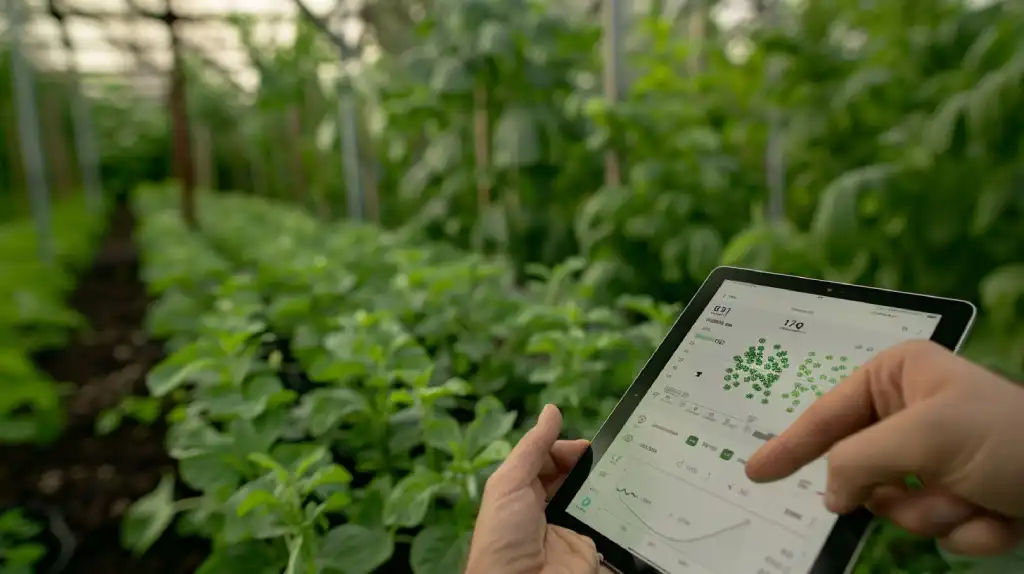
1. Smart Irrigation in India
In drought-prone regions of India, e-farming technologies have changed water management. Farmers use mobile apps connected to IoT devices to monitor soil moisture and control water flow.
Results:
- Improved crop yields.
- Conservation of water resources.
2. Precision Agriculture in the U.S.
Corn farmers in the Midwest utilize satellite data and soil sampling to optimize fertilizer use.
Outcomes:
- Reduced costs.
- Minimized environmental impact.
3. Digital Agriculture in Africa
Startups empower smallholder farmers through digital platforms offering:
- Weather forecasts.
- Market price updates.
- Farming advice.
This bridges the information gap and boosts productivity.
Sustainable Agriculture and Technology
The integration of e-farming, precision agriculture, and digital agriculture paves the way for a productive and sustainable future.
Challenges and Solutions
| Challenge | Barrier | Proposed Solution |
|---|---|---|
| High upfront costs | Equipment and software can be expensive. | Government subsidies and private sector investments. |
| Lack of technical expertise | Farmers need training to use advanced tools. | Training programs and community workshops. |
| Connectivity issues | Limited internet access in rural areas. | Development of rural broadband infrastructure. |
Collaboration is Key
Governments, private entities, and NGOs must join forces to:
- Provide affordable technology access.
- Train farmers in using e-farming tools.
- Build supportive infrastructure.
The Human Touch in Digital Farming
While technology is changing, the human element remains indispensable. Farmers interpret data, adapt tools to local contexts, and combine digital insights with traditional knowledge. This synergy between technology and human expertise ensures the success of sustainable agriculture.
The Bottom Line
As the world faces the dual challenge of feeding a growing population and protecting the environment, e-farming, precision agriculture, and digital agriculture emerge as critical solutions. These innovations:
- Enhance productivity.
- Reduce resource consumption.
- Support environmental sustainability.
By integrating regenerative agriculture practices, these technologies can further optimize farming systems, restore soil health, and enhance biodiversity.
The journey towards sustainable farming is about more than growing food—it’s about doing so responsibly and effectively. By embracing technology, farmers can ensure that agriculture thrives as a cornerstone of global progress, benefiting both present and the future.
